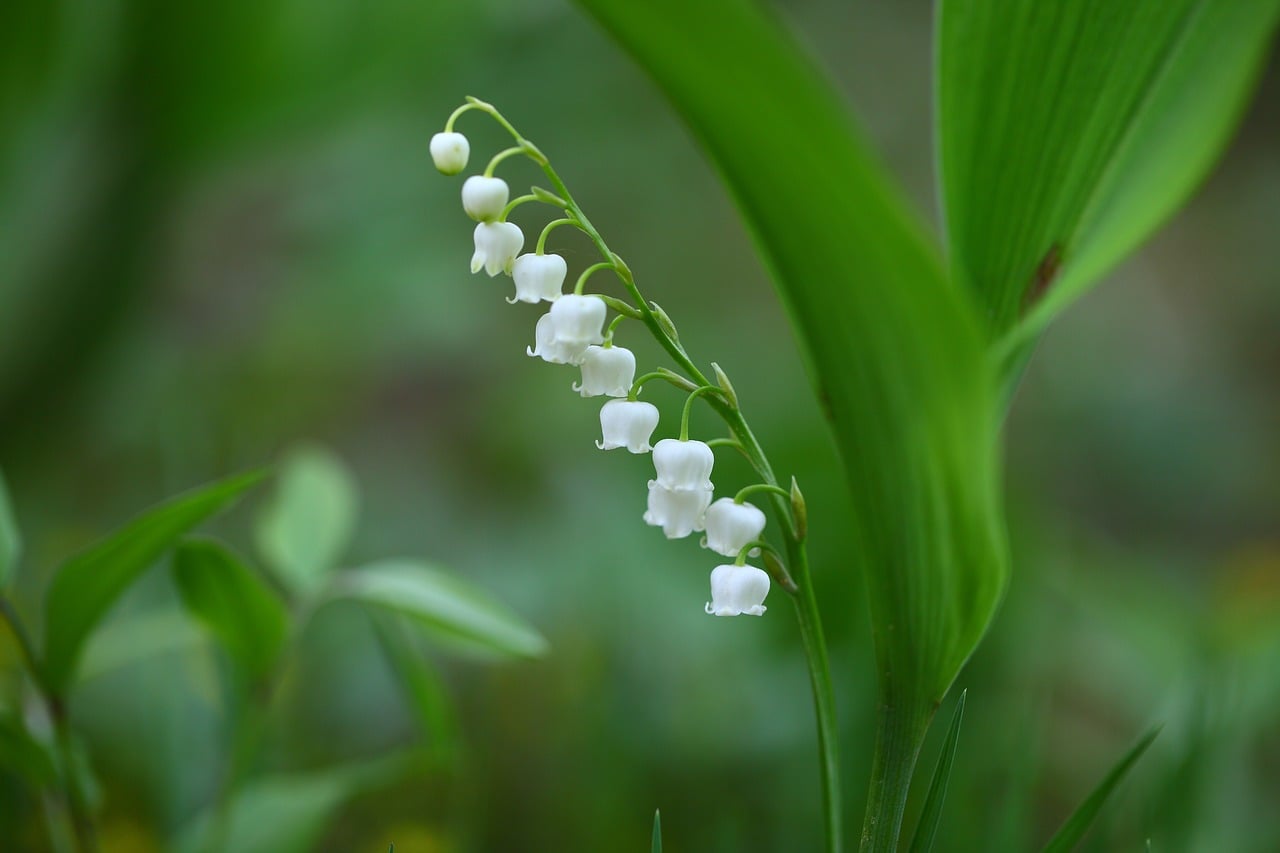Earth has been around for a lot longer than we have, and the first four billion years of our planet’s history would have been populated only by microbes. However, the rise of land plants created habitats that would later support animal life. New research published in Proceedings of the National Academy of Sciences USA asserts that the oldest land plants evolved one hundred million years earlier than initially expected.
Previously, we believed that the oldest land plants arose around 420 million years ago. However, this new evidence makes it increasingly clear that land plants were around far earlier than initially expected – changing our perceptions of the evolution of life on Earth. With land plants evolving around one hundred years earlier than we had previously thought, our understanding of Earth’s evolution – in terms of timescale – may be radically changed.
The team behind the study, led by co-author Dr. Jennifer Morris from the University of Bristol’s School of Earth Sciences, used “Molecular Clock” methodology in order to combine evidence from the genetic differences between living species and fossil constraints on the age of their ancestors, in order to establish an “evolutionary timescale that sees through the gaps in the fossil record.”
“The global spread of plants and their adaptations to life on land, led to an increase in continental weather rates that ultimately resulted in a dramatic decrease [in] the levels of the ‘greenhouse gas’ carbon dioxide in the atmosphere and global cooling…Previous attempts to model these changes in the atmosphere have accepted the plant fossil record at face value – our research shows that these fossil ages underestimate the origins of land plants, and so these models need to be revised,” said Morris in a recently released statement.
Mark Puttick, a co-author on the paper, expanded on the statement – explaining the team’s approach to producing the timescale:
“The fossil record is too sparse and incomplete to be a reliable guide to date the origin of land plants. Instead of relying on the fossil record alone, we used a ‘molecular clock’ approach to compare differences in the make-up of genes of living species – these relative genetic differences were then converted into ages by using the fossil ages as a loose framework…Our results show the ancestor of land plants was alive in the middle Cambrian Period, which was similar to the age for the first known terrestrial animals.”
One problem that the team came across is that the relationship between early land plants is not known. With a substantial lack of information regarding Earth around that time, a more creative method was required in order to understand whether the information regarding the origin of land plants was accurate. Therefore, the team of researchers took a look at if differences in the relationships of land plants had any notable effect on the estimated origin time of these early forms of life.
“We used different assumptions on the relationships between land plants and found this did not impact the age of the earliest land plants….Any future attempts to model atmospheric changes in deep-time must incorporate the full range of uncertainties we have used here,” said study leaders Philip Donoghue and Harald Schneider.
Overall, this new information gives us a closer look at the history of land plants and calls into question our timeline for the evolution of life on Earth. More research is required in order to ascertain how this discovery affects our understanding of the early parts of our planet’s lengthy history.





